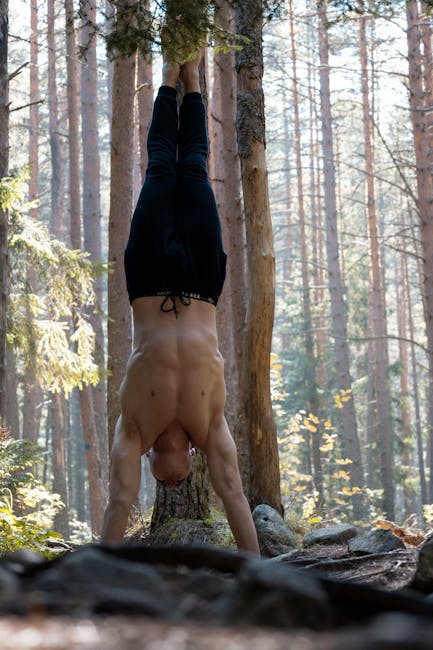
Tired of Achy Shoulders and Bad Posture? This One Exercise is Your Secret Weapon.
In a world of heavy bench presses and overhead lifts, one crucial exercise is often left in the shadows, waiting to be discovered. It’s not flashy, you won’t lift massive weights with it, but it might just be the most important exercise you’re not doing. We’re talking about the Face Pull. If you suffer from nagging shoulder pain, spend hours hunched over a desk, or simply want to build a thicker, more resilient upper back, then this is the move that will change your training forever.
What Exactly is a Face Pull?
The face pull is a simple yet incredibly effective pulling exercise performed with a cable machine and a rope attachment. The goal is to pull the rope towards your face while simultaneously pulling the ends apart, targeting the often-neglected muscles of the upper back and rotator cuff. It’s a posture-corrector, a shoulder-saver, and a back-builder all rolled into one.
Why Face Pulls are a Non-Negotiable for Shoulder Health
Most of us are “push-dominant.” We love to train our chest, front delts, and triceps, which can lead to muscular imbalances. This pulls the shoulders forward, creating that rounded, slouched posture and putting you at high risk for shoulder impingement and rotator cuff injuries. Face pulls are the ultimate antidote.
- Bulletproofs Your Shoulders: By strengthening the rear deltoids, rhomboids, and external rotators of the rotator cuff, face pulls create stability and balance in the shoulder joint. This makes your shoulders more resilient to injury from heavy lifting and daily activities.
- Fixes “Desk Jockey” Posture: The movement directly counteracts the effects of sitting. It pulls your shoulder blades back and down, opening up your chest and promoting an upright, confident posture.
- Builds a 3D Upper Back: Want that dense, powerful-looking upper back? Face pulls are fantastic for building the smaller muscles like the rear delts and mid-traps that add thickness and a three-dimensional look.
- Improves Your Big Lifts: A stronger, more stable upper back provides a better “shelf” for the bar during squats and a more stable base for your bench press, leading to bigger and safer lifts.
How to Master the Face Pull with Perfect Form
Form is everything with this exercise. Leave your ego at the door and focus on the mind-muscle connection.
- The Setup: Attach a rope to a cable pulley and set the anchor point at about chest or forehead height. A higher anchor point emphasizes the upper back and rear delts more effectively.
- The Grip: Grab the rope with an overhand grip, thumbs facing towards you. Take a step or two back to create tension on the cable.
- The Stance: Stand with your feet shoulder-width apart or in a staggered stance for stability. Keep your chest up and your core engaged.
- The Pull: Initiate the movement by squeezing your shoulder blades together. As you pull the rope towards your face, think about pulling the handles apart. Your hands should end up near your ears, and your elbows should be higher than your wrists. This external rotation is key.
- The Squeeze: Pause for a solid 1-2 seconds at the peak of the contraction. Feel every muscle in your upper back light up. This is where the magic happens.
- The Return: Slowly control the weight back to the starting position. Don’t let the weight stack slam.
Common Mistakes to Avoid
- Using Too Much Weight: This is the #1 mistake. It turns the exercise into a sloppy row, using momentum and biceps instead of the target muscles.
- Pulling Too Low: If the rope ends up at your chest, you’re engaging more lats. Keep it high!
- Rushing the Reps: This is an isolation exercise, not a power movement. Slow down, control the weight, and focus on the squeeze.
How to Add Face Pulls to Your Routine
Because it’s a low-impact, corrective exercise, you can do it frequently. Add 3-4 sets of 15-20 reps at the end of your upper body or push day workouts. The high-rep range ensures you’re using a light enough weight to perfect your form and get a phenomenal muscle pump. Stop neglecting your rear delts and start giving your shoulders the support they deserve. Your body will thank you for it.
